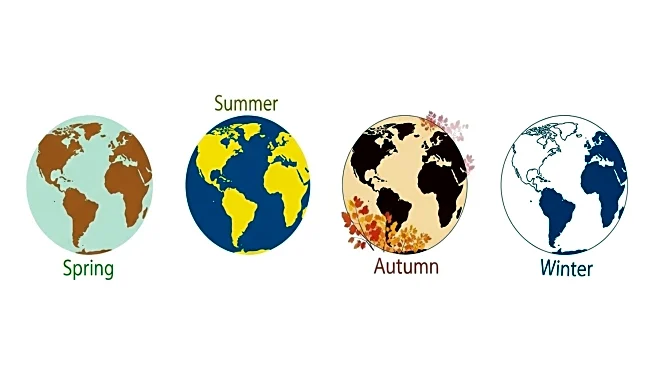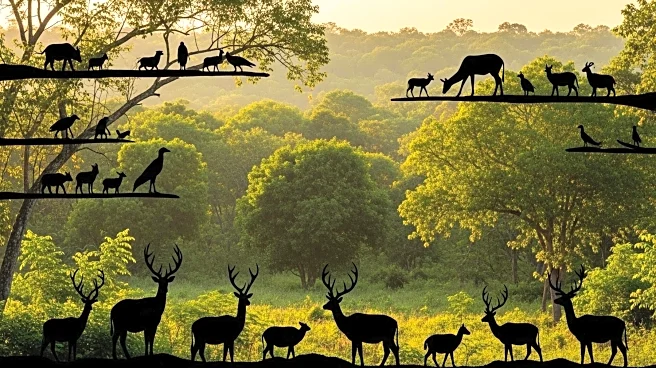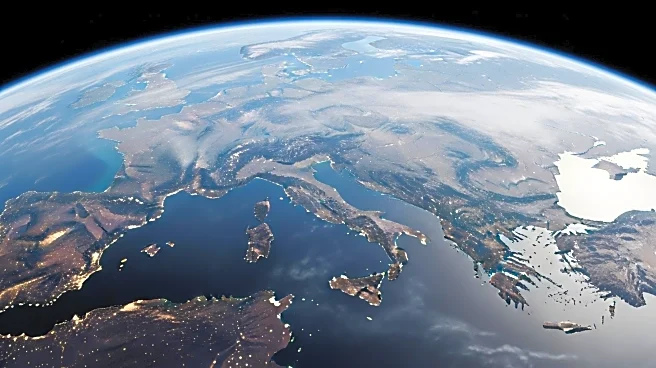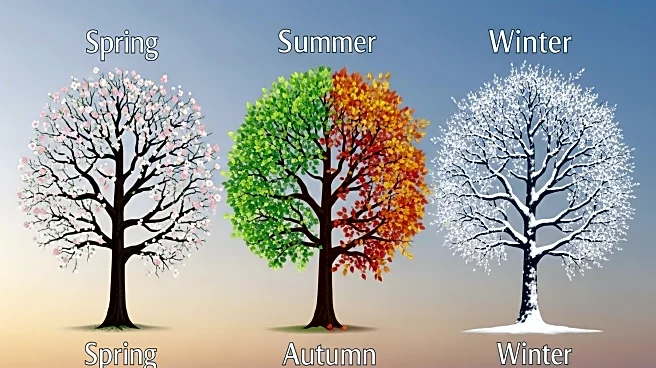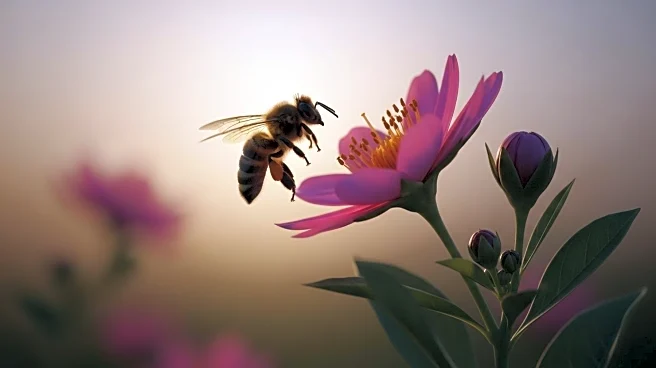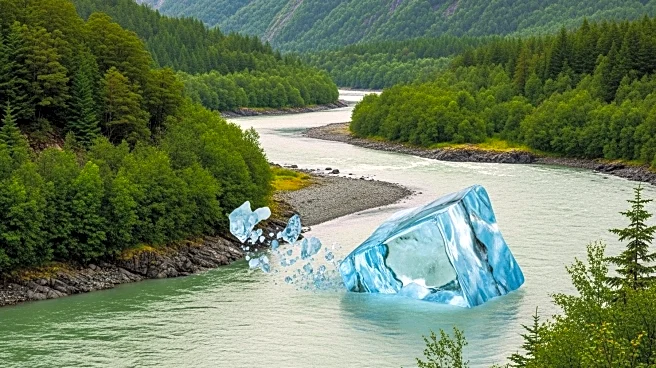What's Happening?
On September 1, 1914, the passenger pigeon, once one of the most abundant bird species on Earth, went extinct. The last known passenger pigeon, named Martha, died in captivity at the Cincinnati Zoo. This event marked a significant moment in history, highlighting the impact of human activity on wildlife. The passenger pigeon was known for its massive flocks that could darken the sky, but due to excessive hunting and habitat destruction, their numbers dwindled rapidly, leading to their extinction. This historical event serves as a reminder of the importance of conservation efforts to protect endangered species.
Why It's Important?
The extinction of the passenger pigeon underscores the consequences of unchecked human exploitation of natural resources. It serves as a cautionary tale for current and future conservation efforts, emphasizing the need for sustainable practices to prevent similar fates for other species. The loss of the passenger pigeon has had ecological impacts, as they played a role in seed dispersal and forest dynamics. Their extinction has prompted increased awareness and action towards wildlife conservation, influencing policies and initiatives aimed at preserving biodiversity.
What's Next?
The legacy of the passenger pigeon continues to influence conservation strategies today. Efforts to protect endangered species have intensified, with organizations and governments implementing measures to prevent further extinctions. The story of the passenger pigeon is often cited in discussions about conservation, serving as a catalyst for change in how society approaches wildlife protection. Future initiatives may focus on habitat restoration, legal protections, and public education to ensure the survival of vulnerable species.
Beyond the Headlines
The extinction of the passenger pigeon also raises ethical questions about humanity's responsibility towards other living beings. It highlights the need for a balance between development and conservation, urging a reevaluation of how natural resources are utilized. The event has inspired cultural reflections, appearing in literature and art as a symbol of loss and the fragility of life. Long-term shifts in environmental policy and public consciousness can be traced back to this pivotal moment in history.



